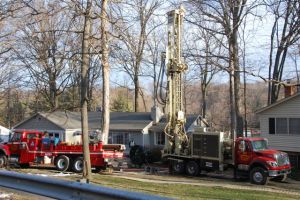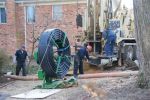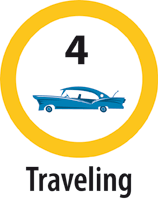Various sources have estimated that about 40% of total energy consumption comes from the residential market. Getting consumers to reduce their consumption, particularly during peak times, is an important part of the energy efficiency equation.
Consumers consistently have a hard time conserving energy without a better understanding of their current energy consumption profile. I have found that actionable energy data and visually seeing in real-time how our energy bill will increase when we turn on the electric clothes dryer or turn off the downstairs lights can have a powerful effect on our family’s behavior.
I ordered from Amazon a Black & Decker EM100B Energy Saver Series Power Monitor (http://www.amazon.com/gp/product/B001ELJKLE/ref=ox_ya_oh_product ) for about $85. It was easy to install and took about 5 minutes. Basically, the system has two battery operated parts. The first part is the electric meter reading unit which easily screws onto the outside of your electric meter on the side of the house. It has a small optic “eye” that reads the rotating disk inside the electric meter as it spins around. This unit wirelessly transmits the data to a small handheld LCD display which shows the power being used in kilowatts (kW). You can program the display to show dollars and cents for maximum behavioral impact. I’ve found that our house in basic standby mode draws about 0.9 kW. At peak times when we are running the clothes dryer AND the heat pump we can get as high as 9.5 kW. We leave the power monitor display on the kitchen counter so we can see the current readings at a glance.
Last summer my friend and neighbor Kathy Utgoff introduced me to the book Nudge which I can’t recommend highly enough by the way. (If you haven’t read it then get this one on your summer reading list. http://www.amazon.com/Nudge-Improving-Decisions-Health-Happiness/dp/014311526X/ref=sr_1_1?ie=UTF8&s=books&qid=1269863322&sr=1-1 )
Waking up this morning and seeing that our house was drawing 1.2 kW when I KNOW that we should be at about 0.9 kW was enough of a “nudge” to persuade me to walk downstairs and find out what had been left on. Sure enough, the laundry room lights, the downstairs bathroom lights and a computer monitor had been left on overnight. I turned them off and came back upstairs. Relief – I was back down to 0.9 kW. We turned on the coffee maker and zoom we were drawing 2.2 kW. The coffee finished brewing and we dropped right back to 0.9 kW. I’ve found it to be really fun measuring our electricity usage this way. I think it would be even cooler if as a neighborhood we could voluntarily sign-up for OPOWER or a similar service which would allow us to compare our energy usage with that of our neighbors. Now THAT would be a nudge.
I’m not suggesting that everyone SHOULD monitor their home’s energy usage down the tenth of a kilowatt, but if you are so inclined you can being doing so by Easter. Again, all of this is completely voluntary but it allows our family to make behavioral decisions based on at least SOME facts rather than vague intuition.
Knowledge is power,
Climate Pilot Nolan Stokes





